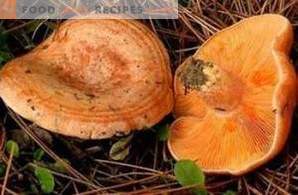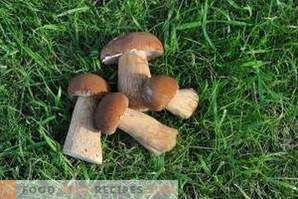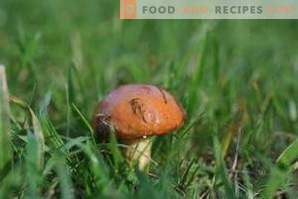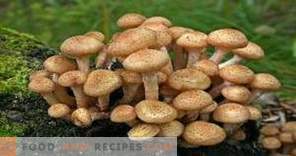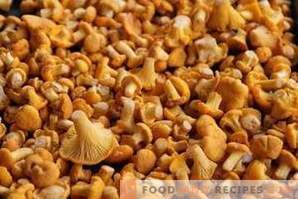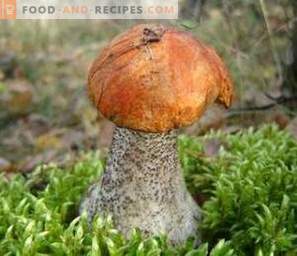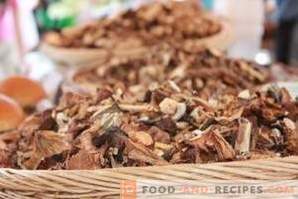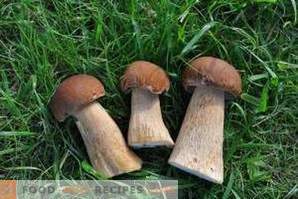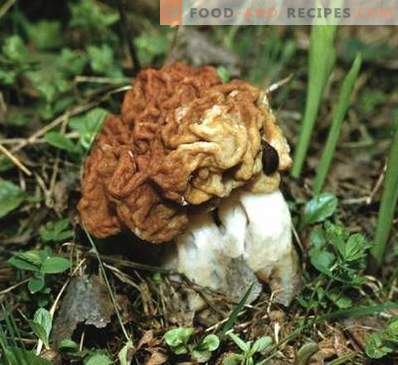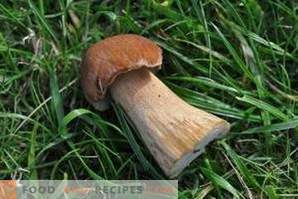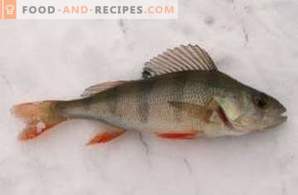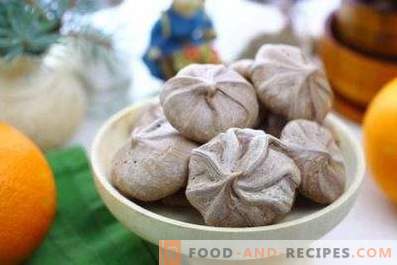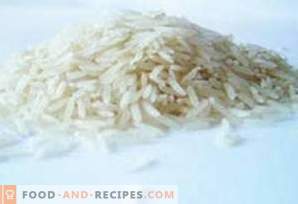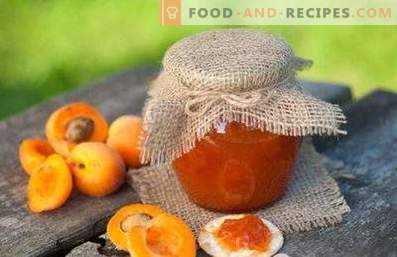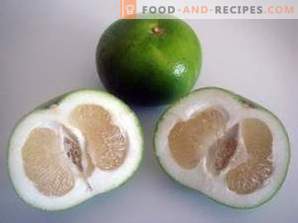
Any admirer of “quiet hunting” knows that each mushroom grows in its own time and only in places specially chosen by it. This rule also applies to aspen mushrooms, which have a few more names: red mushroom, Krasnyuk, aspen, and redhead.
Aspen - a bright and presentable mushroom.
Its habitat gives its name. Although, it should be noted, experienced mushroom pickers say that in pure aspen aspen aspen trees is much less than in mixed forests, where oaks, birches, spruces, pines, and mountain ash grow next to aspens.
But it is also good for the mushroom pickers, because in the aspen forests it is sometimes impossible to pass! And in a mixed forest, if not at ease, then at least you can walk. Well, collect mushrooms. All the more so, aspen mushrooms are noticeable mushrooms and their bright hats on high legs are easy to see. The main thing is to look at your feet carefully. After all, if one boletus catches the eye, then next you can definitely find a few more.
When boletus pops up
Aspen mushrooms, like many mushrooms, grow in layers. The first mushrooms can appear as early as the beginning of June - together with other “kolosoviky”, as the mushrooms of the first layer are called, which begin to crawl out of the ground during the earing of winter crops and haymaking.
But at this time, aspen birds are still few. Bulk mushrooms appear a little later, in July. And they are already growing, taking short breaks for rest, until October, almost to the first frost. Inexperienced mushroom pickers are amazed by the abundance of colors of cap caps, sometimes doubting, but does not the grebe ask instead of a capcini in the basket? But the orange-cap boletus is so unique a mushroom that there is no other one that looks like it, much less poisonous.
In order not to be mistaken when picking mushrooms, mushroom pickers should know how this or that boletus looks. The thing is that the color of aspen pickers directly depends on the place of their growth. Therefore, there are several forms of aspen birds.
Aspen yellow-brown is considered the largest of the aspen. In some adult specimens, the size of the cap reaches thirty centimeters in diameter! He has a yellow-brown hemispherical cap and white leg, covered with black-brown scales.
This fungus grows in mixed forests, where, apart from aspens, birch and spruce predominate.
Stony, sandy or peaty soil is more favorable for it.
The distinguishing feature of this orange-cap boletus is that it has a dense, white flesh on the break pinking, and then becomes purple.
The yellow-brown orange-cap boletus appears in June and grows until October.
Aspen Red most often grows in aspen forests from June to October.
He has a red or brownish-red hat with a white, dense flesh, which becomes purple on the break, and later almost black. The leg of the fungus is white with almost the same scales.
Aspen white is found in mixed forests where birch, aspen, and pine grow. It appears in late summer and autumn.
This mushroom has a white cap and the same white leg. At the break, the flesh turns pink, and later becomes black-brown.
Aspen Oakwood has a velvety red-brick hat. It grows in mixed forests dominated by aspens and oaks.
All aspen mushrooms love edges, clearings, damp places. Aspen mushrooms grow in shady places, hiding under fern leaves.
Aspen growers grow very quickly, but also quickly and deteriorate. Therefore, collect young mushrooms, which are called chelyshami. In young aspen mushrooms, a hat resembles a thimble that was put on a finger. Old aspen mushrooms, even if they are not wormy, bypass the party, since they can begin to deteriorate in the basket.
Moreover, the fungi strongly absorb harmful substances, especially radioactive, both from the soil and from the air.
Collected aspen mushrooms quickly deteriorate, so after collecting them they are immediately sorted, sorted and processed.
Aspen mushrooms are tasty both in fresh form and in pickled, salted and dried.
They are rich in vitamins B1, C, D, PP, as well as trace elements: phosphorus, sulfur, potassium, magnesium, sodium, calcium ...
In dried aspen mushrooms, as in the other tubular mushrooms, there are more proteins than in meat.
By nutritional value, aspen birds fall into the second category.

